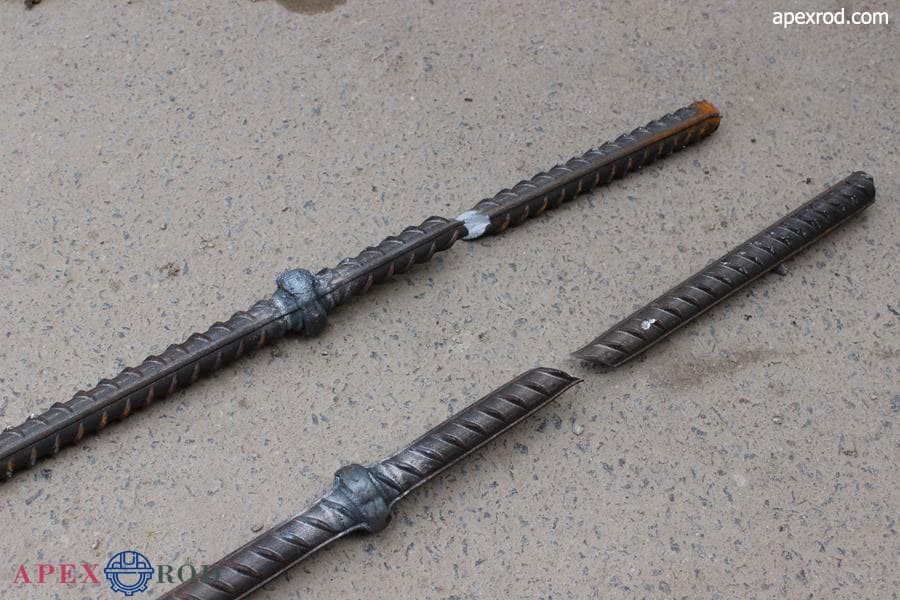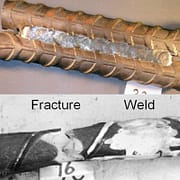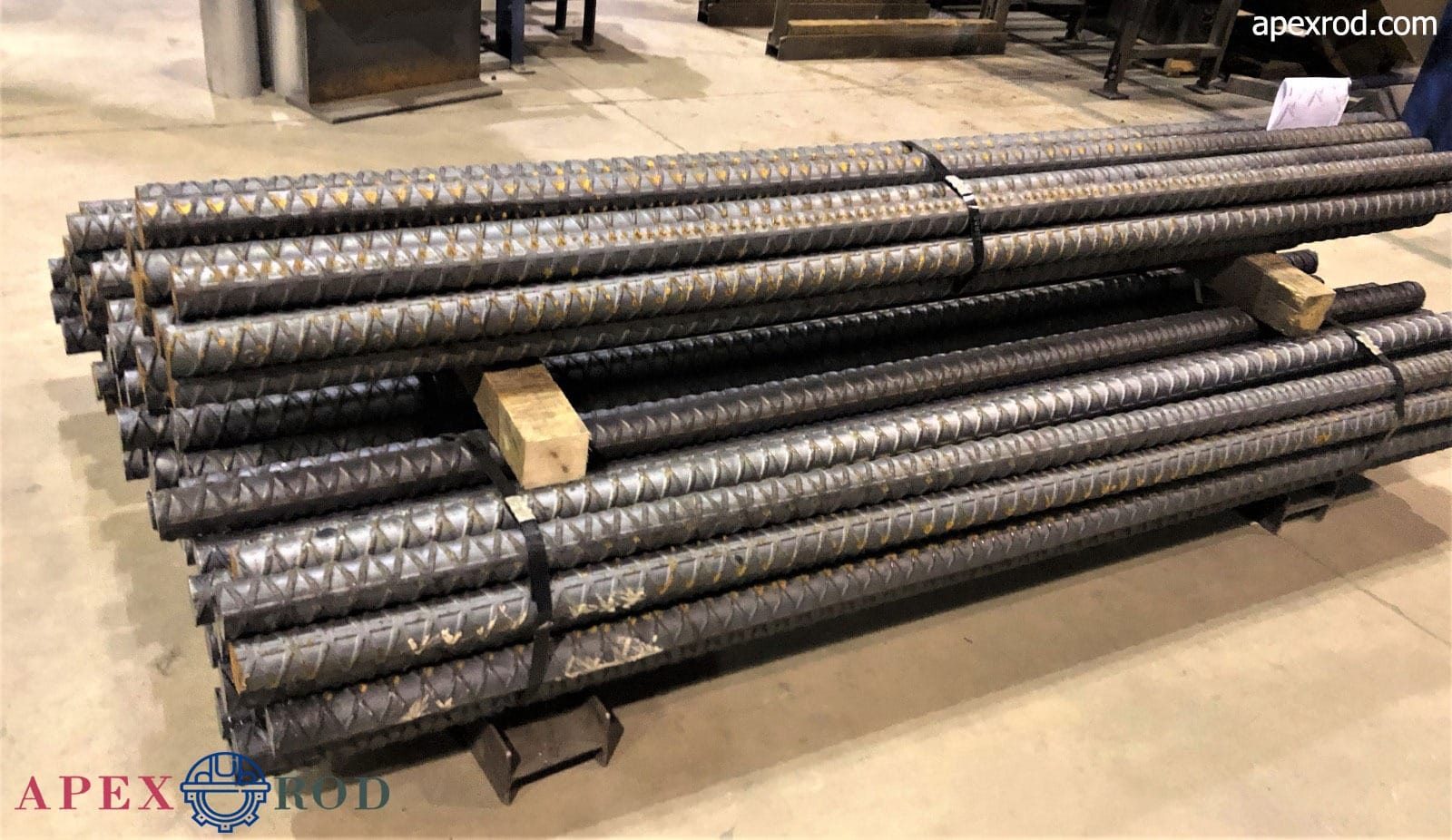How To Identify The Weldable Rebar?
For the best usage of rebars in concrete, they must be cut to the correct size and placed in the project’s concrete structure. One of these approaches is to create a welding connection to enhance the longitudinal length of rebars. Let’s also argue that different varieties of weldable rebar have varying weldability characteristics.
Rebar welding is most commonly used in high-rise constructions. The quantity of carbon in the structure of rebars determines their weldability. A weldable Rebar with a carbon concentration of less than 51% is ideal for welding operations; otherwise, any welding will cause the reinforcement or rebar to shatter, resulting in the collapse of the intended structure.
Weldable Rebar Vs Regular Rebar
One of the most significant aspects to consider when purchasing rebar is the table of compounds used in the rebar structure. You should think about which type of rebar is most suited to your project.
· A1 rebar:
A1 rebar, also known as basic rebar, is utilized in various industries and construction because of its qualities and look. It is suitable weldable rebar and has high flexibility, making it simple to use for operations.
· A2 rebar:
This sort of rebar is semi-dry and needs to be welded better. As a result, it is unsuitable for welding. Welding connections in this type of rebar are not suggested since they may cause harm to the desired product.
· A3 rebar:
A3 rebar is a dehydrated product with extremely low weldability that is entirely useless for welding! Welding on this rebar makes it readily breakable and no longer helpful.
· A4 rebar:
Because of its comparable structure to A3 rebar, A4 rebar was not used in welding in the beginning; however, by employing new technologies and making adjustments to its structure, they were able to increase its weldability and use it in the building of concrete structures.

Different Rebar Welding Methods
To form a welding connection between rebars for use in concrete constructions and to increase their strength, many methods can be utilized:
· Welding by forging
Butt welding or forging begins by heating the edges of the weldable rebar to temperatures ranging from 1200 to 1300 degrees Celsius. Under this heat, the rebar’s edges become paste and allow a connection to be formed. The rebars are put on top of each other using modern gadgets and equipment, and the appropriate pressure is provided to ensure that the two rebars are joined.
· Directly butt welding
In some cases, this welding technique is appropriate. The most prevalent use of this technology, for example, is in rebars with a diameter higher than 19 mm, which are executed in two vertical and horizontal modes.
· Indirectly butt welding
In this method of welding, the weldable rebar must be connected, which is aided by another steel piece. In this approach, the surface of other steel parts, such as a corner or black sheet, is employed as an intermediate between two rebars, allowing them to form the appropriate welding patch.
· Cover connection welded
This welding process connects manufactured rebars with a diameter of less than 19 mm. The steel rebars joined together in this way usually have a modest degree of overlap and can be employed for specific applications.
The Steps of Rebar Welding
The following procedure should be followed while welding rebar:
• The first stage in welding, which must be completed before beginning any work, is to clean the weldable rebar’s surface of waste materials, cracks, and imperfections. Any moisture, scaling, grease, or other contaminants should be removed from the surface of the rebar to be welded. Otherwise, the steel rebars will not be correctly linked.
• If there is a problem in the cross-section of the rebar, the problem can be solved by using methods such as stonework, welding, etc., and then performing the welding patch.
The Tips That Must Be Looked Out While Rebar Welding
Some points must be observed during the welding process on rebars for the intended result to be in the optimum condition. These are some of the points:
1. There is no overflow in the generated welds.
2. Absence of welds and pollutants on the rebar welding area
3. Welding all of the holes that have been produced
4. achieving complete fusion of the weld metal and the base metal
5. There are no incisions deeper than 1 mm on the weld’s sidewalls.
6. Performing forging welding on 10 cm and larger bars
7. Butt welding operations on rebars ranging in size from 6 to 36 centimetres
8. Butt welding on rolled rebars is not performed.
9. Waste materials, rips, fissures, and other imperfections that affect the quality or strength of the weld must be removed from the surfaces to be welded.
10. Furthermore, any thin or thick crust, metal rust, moisture, oil, epoxy coating, and other foreign contaminants that might cause faulty welding or troublesome fumes must be eliminated. Strong wire brushes are used to remove thin crusts; however, the resultant coatings may persist.
11. Rebar welding aims to lengthen them and use them in high-rise concrete constructions. To join These goods differ according to the type of rebar used and the degree of weldability.
12. The rebar structure’s welding capacity is determined by the amount of carbon utilized in its construction. This operation must be carried out according to the standard regulations for the welding of rebars to be carried out correctly.
Weldable Rebar Purchases for Construction
Rebar welding, as described in the article, is used to link steel rebar. This connection is convenient; nonetheless, its execution necessitates adherence to the most significant requirements and processes specified in the text of this article. Professionals should also do welding.
To purchase and compare rebar prices, visit the Apexrod website or call our sales staff. Apexrod will help you make a convenient and cost-effective purchase.


